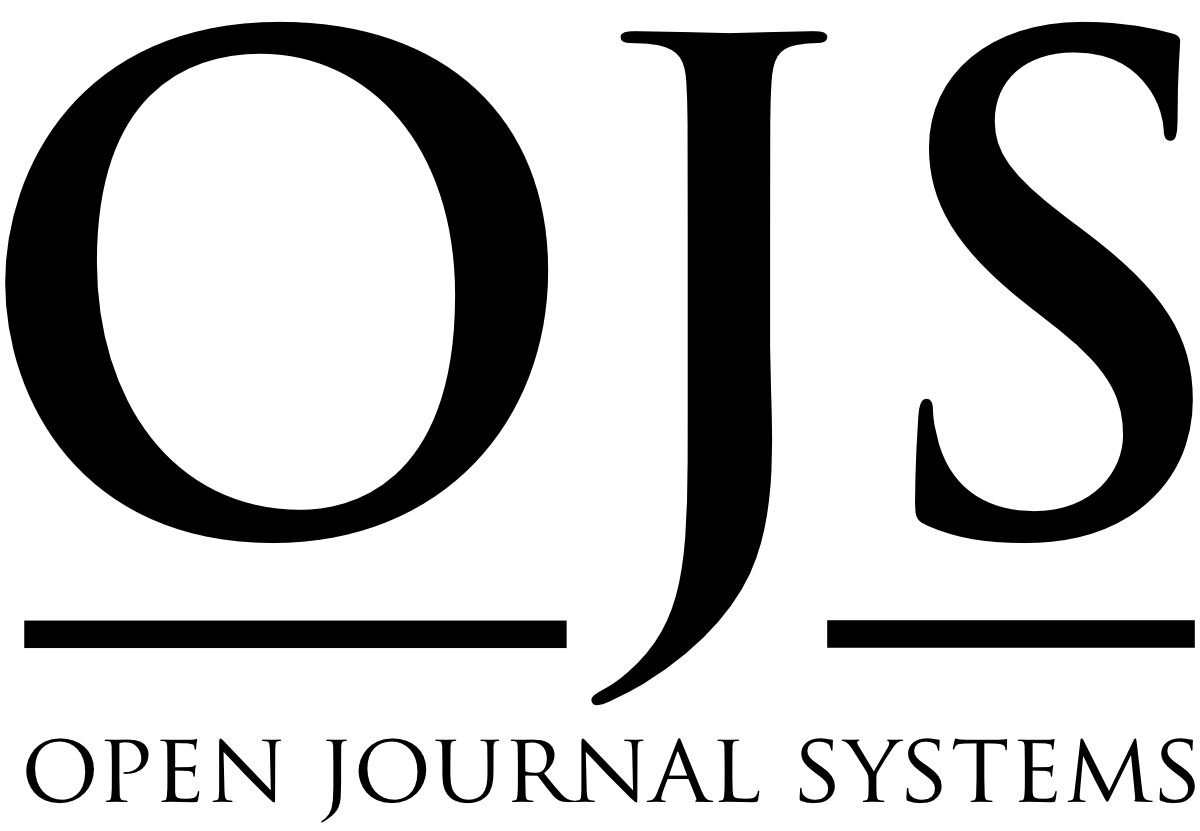Disability in the Arab World: A Comparative Analysis within Culture
Keywords:
social sciences, culture, Arab world, disabilities, education, comparative analysisAbstract
The phenomena of disabilities in the Arab world can be viewed from various perspectives, considering historical times, epistemological programmes and theoretical models. This article is a theoretical review and comparative data analysis of the problems regarding the evolution of attitudes and current concept of disability and theoretical assumptions of caring for disabled people in the Arab world. Content of the theoretical part of the paper includes reasons for caring for disabled Arabs, including: analysis of human orientation aspects, social orientation, equality of opportunity and principles of democracy orientation and human development orientation. In the second part of the article the authors discuss empirical comparative data related to disability in the Arab world as: various causes of congenital or acquired disabilities, including culturally bounded causes of disabilities in Arab world, related to marriages in close families and marriages of underage girls. The paper illustrates key aspects of conceptualization of disabilities in the Arab countries and gives comparative analysis of the latest data on the situation of children with disabilities in education sectors and adults in the labor market. This part of comparative analysis broadly refers to the primary data from the Arab countries published as research report in 2018 by the Economic and Social Commission for Western Asia. The report is entitled "Disability in the Arab Region".Downloads
References
Al-Lamki, Asya. "Feminizing leadership in Arab societies: the perspectives of Omani female leaders". Women in Management Review, 2007 22(1): 49-67.
Borowska-Beszta, Beata. Niepełnosprawność w kontekstach kulturowych i teoretycznych. Kraków: Impuls 2012.
Borowska-Beszta, Beata. „Aborcja eugeniczna (aborcja ze względu na niepełnosprawność) w opiniach polskich studentów studiów uniwersyteckich II stopnia na kierunku pedagogika specjalna. Raport z etnograficznego studium przypadku.” Przegląd Pedagogiczny, 11(1):182-204.
Borowska-Beszta, Beata. “Disability Cultures and Artifacts. Wheelchair as Silent Helper and Little Black Dress.” Humanities Bulletin, 1(1): 205-219. https://www. journals.lapub.co.uk/index.php/HB/articl /view/49 (Accessed: 7th April 2019).
Philippe Charlier and Nadia Benmoussa, Philippe Froesch, Isabelle Huynh-Charlier, Antoine Balzeau. “Did Cro Magnon 1 have neurofibromatosis type 2?” Lancet 2018, 10148 392 (25): 633, 2018. https://www.thelancet.com/action/showPdf?pii=S014 -6736%2818%2930495-1 (Accessed: 7th April, 2019).
Cultural forum for people with special needs, Seminar on activating the role of female Arab women parliamentarians. 2005.
Douglas, Mary. Purity and Danger: An Analysis of Concept of Pollution and Taboo, London and New York: Routledge 2002.
Economic and Social Commission for Western Asia (ESCWA). Disability in the Arab region. 2018. https://www.unescwa.org/publications/disabilityarabre gi on-2018 (Accessed 4th April 2019).
Daliah Alkhouli. Employment Policy for People with Disabilities in Saudi Arabia, Doctorate of Philosophy, Faculty of Health, Psychology and Social Care, Metropolitan, 2015.
Egypt: Law on the Rights of Persons with Disabilities No. 10 of 2018
El Khatib Jamal. Behavior Modification of Disabled Children: A Guide for Parents and Teachers. Dal Al Falah 2012.
Fariba Heidari and Saeed Dastgiri, Rahman Akbari, Zhila Khamnian1, Elham Khanlarzadeh1, Maryam Baradaran, Soheila Jabbary-Fam, Shafigheh Badrazar, Mohammad Heidarzadeh, Nazila Tajaddini."Prevalence and Risk Factors of Consanguineous Marriage" Eur J Gen Med 2014; 11(4):248-255
Farrag, Othman Labib. Intellectual Disability in Childhood. Motanabie Library 2003.
Farzaneh Roudi-Fahimi and Shaimaa Ibrahim Ending Child Marriage in the Arab Region. Population Reference Bureau, 2013. https://www.prb.org/child-marriage mena/ (Accessed 4th April 2019).
Guvercin Hasreti. “People with Disabilities from an Islamic Perspective.” The Fountain Magazine, 2008 (5): 63.
Hamamy Hanan and Stylianos E Antonarakis., Luigi Luca Cavalli-Sforza. “Consanguineous marriages, pearls and perils: Geneva International Consanguinity Workshop Report.” Genet Med. 2011 13 (9):841-7.
Hiam Al-Aoufi and Nawaf Al-Zyoud, Norbayah Shahminan. “Islam and the cultural conceptualisation of disability” International Journal of Adolescence and Youth, 2012 17(4):205-219.
Izaida Ibrahim and Muhammad Fahmi Ismail. “Muslims with Disabilities: Psychosocial Reforms from an Islamic
Perspective.” Journal of Disability and Religion, 2018 22(1): 1-14.
Kulbaka, Jacek. Niepełnosprawni. Z dziejów kształcenia specjalnego. Warszawa, APS 2012.
Mourad, Ali and Walid, Ahmed. Intellectual Disabilities. Alexandria: Dar Al Wafaa 2006.
Mourad, Ali and Walid, Ahmed. How the autistic brain learns. Alexandria: Dar Al Wafaa 2007a.
Mourad, Ali and Walid, Ahmed. How the brain of speech disorders learns. Alexandria: Dar Al Wafaa, 2007b.
Mourad, Ali and Walid, Ahmed. How the brain of learning disabilities learns. Alexandria: Dar Al Wafaa 2007c.
Mourad, Ali and Walid, Ahmed. Current advances in Special Education (Dyslexia). Alexandria: Dar Al Wafaa 2008.
Mourad, Ali and Walid, Ahmed. Introduction to Special Education. Cairo, Dar Al Kotob Al Elmeiah, 2010.
Qatar. Law No. 2 of 2004 in Respect of People with Special Needs.http://www.almeezan.qa/ LawView.aspx? opt&LawID=246&language=en (Accessed 4th April 2019).
Sultanate of Oman, Royal Decree No. 63/2008. https://qanoon.om/p/2008/rd2008063 (Accessed 10th May 2019).
Tariq Abdul Raouf Amer and Rabeeb Abdul Raouf Mohammed, The series of people with special needs. Special Needs. Taiba: Foundation for Publishing and Distribution, 2008.
The Hashemite Kingdom of Jordan, Law No. (20) for the Year 2017 Law on the Rights of Persons with Disabilities Act 2017. https://www.ohchr.org/ Docum ents/Issues/Disability/DsabilityInclusivePolicies/States /PM%20Jordan_ENG.pdf (Accessed on 4th April 2019). The UAE, Employment of people of determination.
https://www.government.ae/en/information-and services/jobs/employment-of-people-with-special needs (Accessed 10th May 2019).
Tunisia: Legislation Window http://www.legislation.tn (Accessed 4th April 2019).
United Nations Population Fund, Marrying Too Young. End Child Marriage (New York: UNFPA, 2012). https://www.unfpa.org/sites/default/files/pub pdf/MarryingTooYoung.pdf (Accessed 4th April2019).
Additional Files
Published
How to Cite
Issue
Section
License

This work is licensed under a Creative Commons Attribution-NonCommercial-NoDerivatives 4.0 International License.










